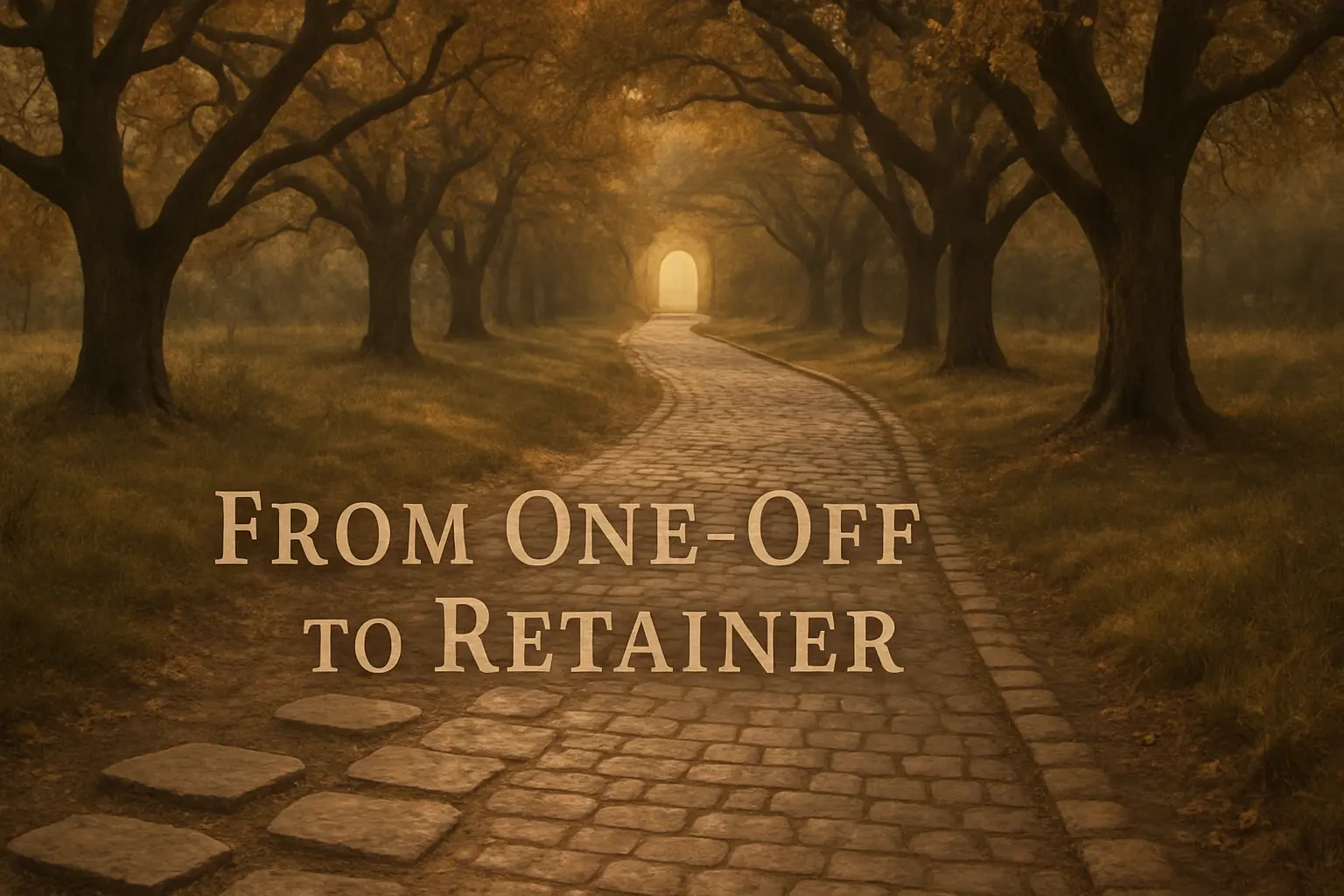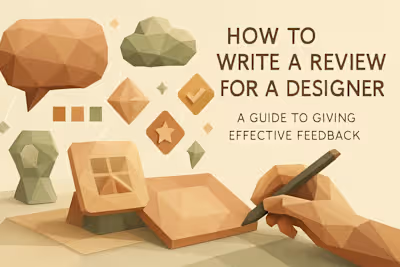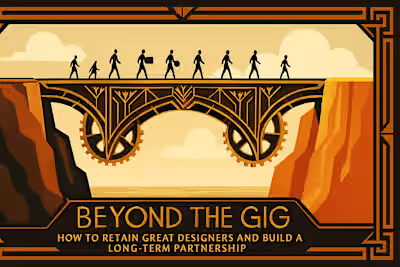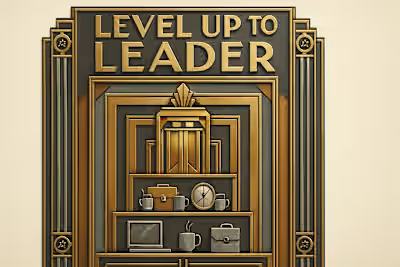From One-Off to Retainer: Turning Casual Clients into Long-Term Partnerships

From One-Off to Retainer: Turning Casual Clients into Long-Term Partnerships
Understanding the Power of Retainers
For the Designer: Predictable Income and Deeper Focus
For the Client: Proactive Partnership and Better Results
When is a Client a Good Candidate for a Retainer?
Structuring the Perfect Retainer Agreement
Pay for Access vs. Pay for Work: Choosing Your Model
Defining the Scope: What's Included (and What's Not)
Hours, Revisions, and Rollovers: Setting Clear Boundaries
The Retainer Contract: Must-Have Clauses
The Pitch: How to Propose a Retainer to a Client
Timing is Everything: When to Bring It Up
Crafting the Proposal: Focus on Value, Not Hours
Handling Objections and Negotiating Terms
Making the Transition Smooth
References
From One-Off to Retainer: Turning Casual Clients into Long-Term Partnerships
Understanding the Power of Retainers
For the Designer: Predictable Income and Deeper Focus
For the Client: Proactive Partnership and Better Results
When is a Client a Good Candidate for a Retainer?
Structuring the Perfect Retainer Agreement
Pay for Access vs. Pay for Work: Choosing Your Model
Defining the Scope: What's Included (and What's Not)
Hours, Revisions, and Rollovers: Setting Clear Boundaries
The Retainer Contract: Must-Have Clauses
The Pitch: How to Propose a Retainer to a Client
Timing is Everything: When to Bring It Up
Crafting the Proposal: Focus on Value, Not Hours
Handling Objections and Negotiating Terms
Making the Transition Smooth
References
Posted Jul 6, 2025
Stop the feast-or-famine cycle. Learn how to strategically convert one-time design projects into predictable, high-value retainer agreements and build lasting client relationships.









